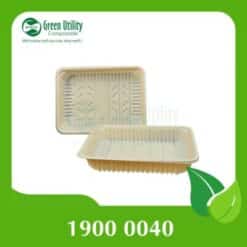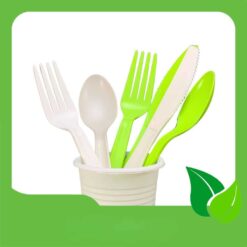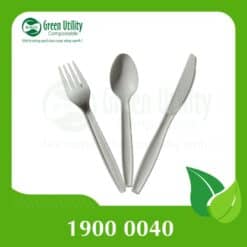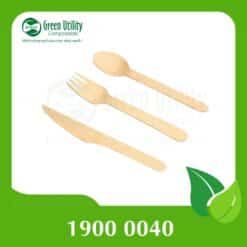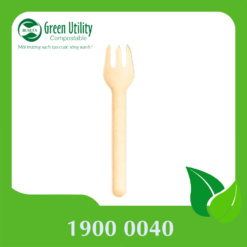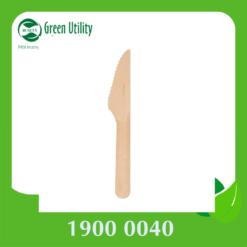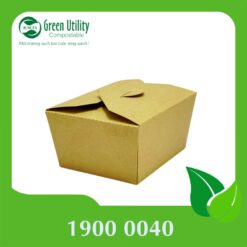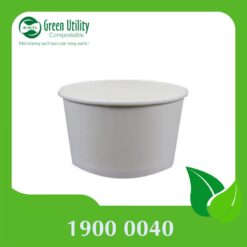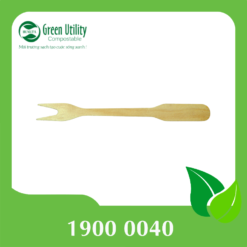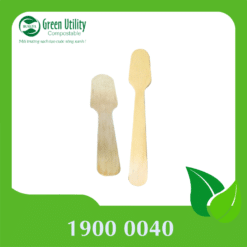Compostable Products: What You Need to Know
In an era of heightened environmental consciousness, the demand for sustainable alternatives to traditional plastic products has skyrocketed. Compostable products have emerged as a promising solution, offering a viable path towards a greener future. But what exactly are compostable products, and how do they differ from biodegradable ones?
Compostable Products: A Sustainable Alternative to Plastic Cups
Compostable products are materials that can be broken down into nutrient-rich organic matter through a natural process known as composting. Unlike biodegradable materials, which can break down over time under specific conditions, compostable products are designed to break down rapidly and completely in a controlled composting environment.
This distinction is crucial, as biodegradable materials often leave behind microplastics that harm the environment. Compostable products, on the other hand, fully disintegrate into organic matter, leaving no harmful residues.
Types of Compostable Products
The range of compostable products is expanding rapidly, encompassing a wide variety of everyday items. Some common examples include:
- Foodware: Cups, Plates, bowls, utensils, and cups made from materials like sugarcane fiber, bamboo fiber, and corn resin.
- Packaging: Bags, wraps, and containers for food, beverages, and other products.
- Personal care items: Disposable toothbrushes, razors, and cotton swabs made from plant-based materials.
- Yard waste bags: Bags specifically designed for composting yard trimmings and other plant-based waste.
Why Are Compostable Products Better for the Environment?
The benefits of compostable products are numerous and far-reaching:
- Reduce landfill waste: Compostable products divert organic waste from landfills, where they decompose anaerobically, releasing methane, a potent greenhouse gas.
- Enhance soil quality: Compost derived from compostable products enriches the soil with essential nutrients, improving its structure, water retention, and overall health.
- Minimize microplastic pollution: Unlike biodegradable materials, compostable products break down completely, eliminating the risk of microplastic contamination in the environment.
How to Compost Compostable Products
Composting compostable products is a straightforward process that can be done at home or in community composting facilities. Here's a basic guide:
- Collect compostable materials: Set aside a designated container for compostable waste, ensuring it is clearly labeled to avoid contamination with non-compostable materials.
- Shred or chop larger items: Breaking down larger materials into smaller pieces accelerates the composting process.
- Maintain a balanced mix: Ensure a healthy balance of green (nitrogen-rich) and brown (carbon-rich) materials for optimal composting.
- Monitor moisture levels: Keep the compost moist but not soggy, as excessive moisture can lead to anaerobic decomposition and unpleasant odors.
- Provide aeration: Turn the compost regularly to aerate it and promote decomposition.
- Composting time: The time it takes for compostable materials to fully decompose varies depending on factors like material composition, composting method, and environmental conditions. Home composting typically takes several months, while commercial facilities may have shorter composting cycles.
Conclusion
Compostable products offer a sustainable alternative to traditional plastic products, reducing our environmental footprint and promoting a healthier planet. By embracing compostable products and incorporating composting practices into our daily lives, we can collectively contribute to a more sustainable future.
Compostable Sugarcane Bowls


